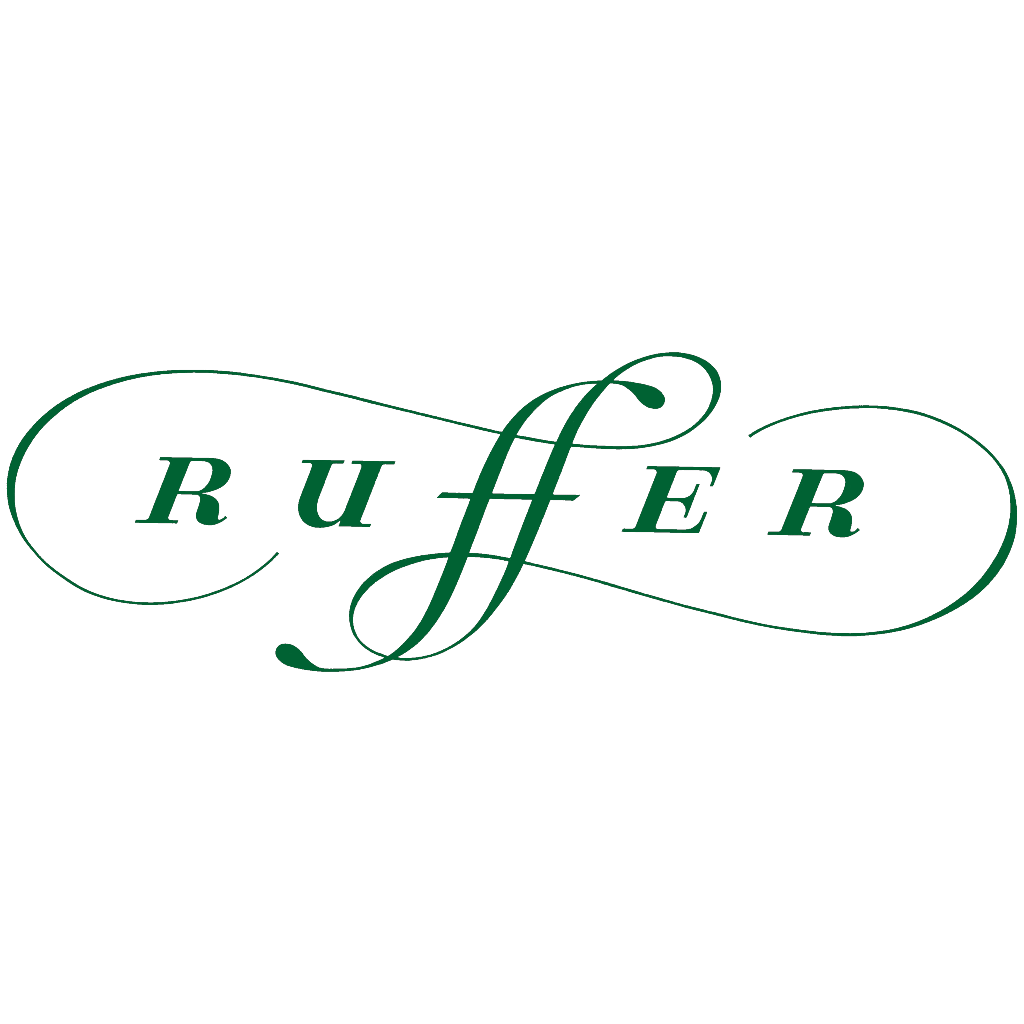
Ruffer LLP
Ruffer looks after investments for private clients, financial planners, institutions, pension plans and charities, in the UK and internationally. Ruffer joined the Net Zero Asset Managers Initiative in March 2022 and made its Initial Target Disclosure in April 2023.
Percentage of assets covered by the Net Zero Asset Managers Commitment Statement
46% of total AUM (USD $15 billion)
Information on interim target(s) covering the proportion of assets to be managed in line with net zero
Baseline(s):
Portfolio coverage baseline
25.9% of AUM in scope is considered net zero, aligned or aligning as at 31 December 2021 (NB: this datapoint is based on the portfolio as at 31 December 2021, but using SBTi classifications as at 31 December 2022 – due to SBTi’s historical assessments not being readily available on their website).
Engagement threshold baseline
0% of financed emissions were net zero or aligned as at the baseline date.
14% of financed emissions in material sectors were subject to direct or collective engagement and stewardship actions as at the baseline date.
Portfolio decarbonisation reference baseline
147.7 tCO2e/$m revenue
Target(s):
Portfolio coverage target
80% of AUM in scope is considered net zero, aligned, or aligning by 2030.
Engagement threshold target
By 2025, at least 70% of financed emissions in material sectors will be either net zero, aligned with net zero, or the subject of engagement and stewardship actions. This threshold will increase to at least 90% by 2030 at the latest.
Portfolio decarbonisation reference target
A 50% reduction in emissions intensity by 2030, adjusting the baseline to reflect shifts in asset allocation.
GHG scopes included:
Our emissions reduction target includes scope 1 and scope 2 emissions. Scope 3 emissions will not initially be included in the emissions reduction target due to data quality concerns. Scope 3 emissions may be considered when assessing alignment and engagement objectives and will be factored into decision making where appropriate.
Methodology:
Net Zero Investment Framework
Scenario(s):
The SBTi Net Zero Approach.
Additional information
Proportion of AUM committed:
Ruffer operates one core external investment strategy and close to 100% of external mandates follow this strategy. It is this strategy that will be covered by our targets. The strategy utilises listed equities, sovereign bonds and derivatives, amongst other assets. It is the listed equity component of Ruffer AUM that will be covered by our targets. This has historically ranged between 15% and 60% of Ruffer’s total AUM. Ruffer’s current investments in corporate fixed income are de minimis, but this asset class will also be in scope as and when held in Ruffer portfolios.
Policy on coal and other fossil fuel investments:
Ruffer follows a pragmatic fossil fuel strategy, which prioritises delivering our investment objectives with a desire for decarbonisation in the real world. This means Ruffer does not exclude companies or securities involved in the exploration, production, extraction, marketing, trading or sales of fossil fuels and related products. Rather, we may choose to not invest in certain companies, sectors or securities where we estimate the return for the given risk (loss of capital or reduced income) does not justify investment, either in isolation or for portfolio construction reasons. This process is not limited to the fossil fuel sector. However, Ruffer is aware of the need to reduce societal reliance on fossil fuels (non-renewable) energy sources. Therefore, Ruffer extends its investment due diligence to assess company transition plans and, may employ our stewardship approach, including escalation as appropriate, seeking to influence change where we see gaps, weaknesses or a lack of ambition in these transition strategies. Disinvestment, or the sale of company shares, is the last step in our escalation approach and will be used sparingly and only where engagement has failed coupled with a view that risk assumed outweighs potential return.